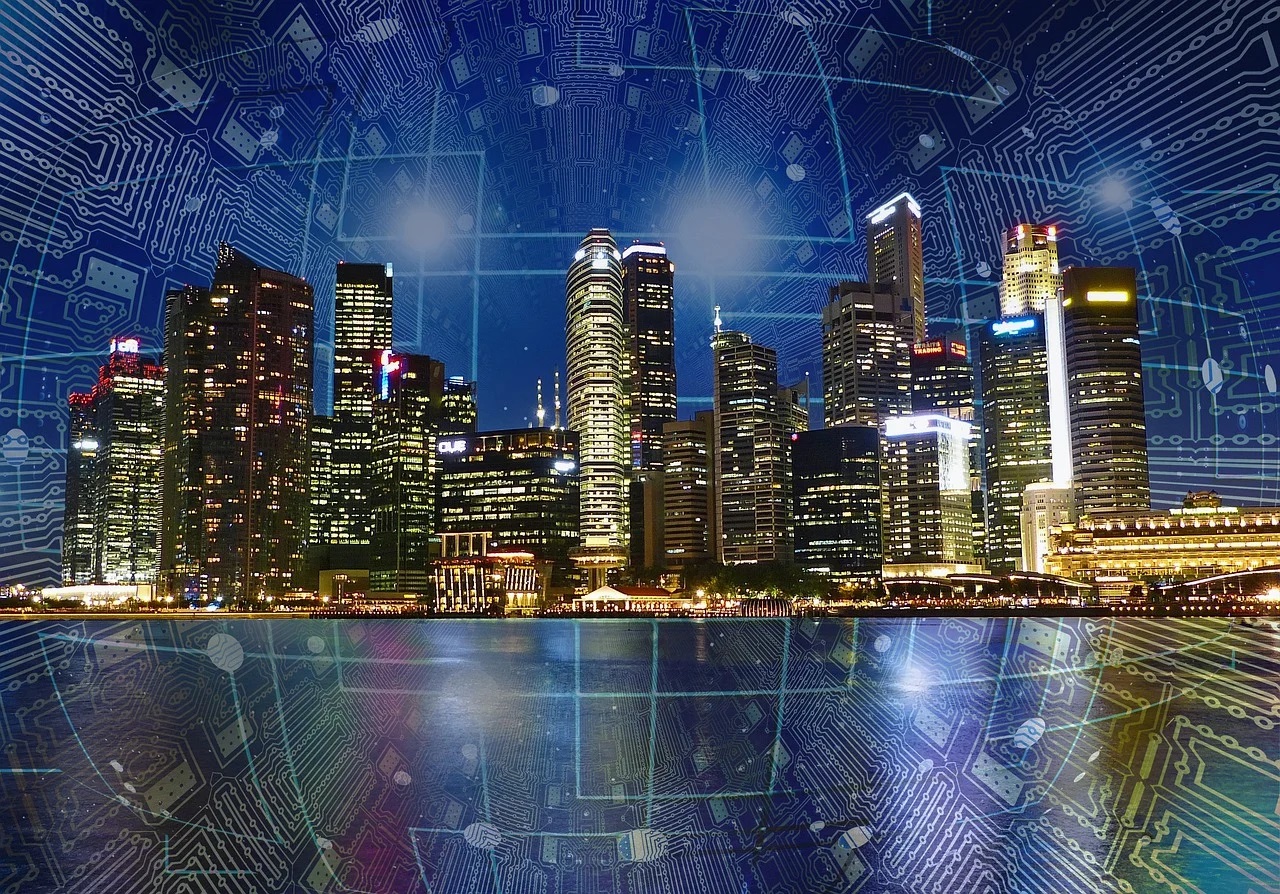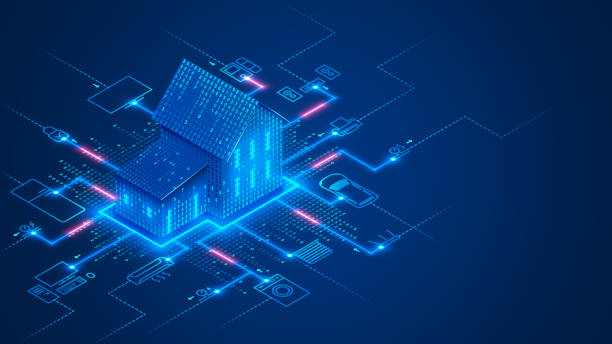What Are Smart Buildings And What Characteristics Differentiate Them?

If we take a simple look at our environment, we see that technology is installed in all our daily activities, facilitating our lives and our communications. This same objective is transferred to the principles of current architecture to provide new constructions with systems that perform a multitude of automatic functions in so-called intelligent buildings.
A building is considered to be intelligent when it can satisfy in an automated and controlled way in a remote manner, different demands for security, energy efficiency, comfort, mechanical activities, maintenance, and operations, within the framework of current regulations.
The smart building concept encompasses constructions of all kinds, such as industrial warehouses, commercial premises, homes, sports, educational, health, cultural, leisure, or public and private administrations.
In the projects and construction of smart buildings, there is a multidisciplinary activity in which not only architects intervene, but also telecommunications and industrial engineers, and other technicians, capable of integrating devices within the facilities that can function both autonomously and under human control, in a more efficient, economical and safe way.
It is, therefore, a matter of applying new information technologies and equipment automation systems to new construction projects, achieving applications that include, for example, entertainment and leisure benefits, training, health monitoring, home automation, management efficient energy, remote work activity, or maintenance and self-correction of breakdowns among others.
What objectives must be achieved in a smart building?
- Architectural level: At a constructive level, a smart building must meet the functional needs of its users in terms of comfort, safety, operability, and current and future durability, in addition to providing an aesthetic, practical, and flexible design that allows quick and economical remodeling thanks to its modular development. both in facilities and in structure and generate a positive stimulation that increases the productive performance in the activities carried out within it.
- Technological level: At the technology level, an intelligent building must have a large number of integrated services through the automation of its facilities and controlled through advanced telecommunication systems.
- Environmental level: At the environmental level, this type of buildings must comply with a series of environmentally-friendly commitments that go through the type of materials used in their construction, optimization of natural lighting and ventilation elements, energy efficiency, and provision of a maximum reduction of waste and polluting discharges in its operation.
- Economic level: At an economic level, an intelligent building must manage to reduce all its operating and maintenance costs, managing to extend its useful life, in addition to generating a greater interest in the acquisition and/or occupation, with the consequent impact on the sale and rental prices that increase in parallel with the best valuation of the properties. The intelligent buildings bring a plus in the image of the companies that install them, and any other level, provide information about the status of their owners and users.
How do you get to equip a building with intelligence?
Generally speaking, an intelligent building or smart building has a dialogue system with the interconnected equipment or facilities within an environment and depending on the information received, the system will act.
Basically, an intelligent building has sensors, sensors, and detectors that transmit signals to the central processing unit, where the information received will be processed, acting according to the programmed functions on the elements, and equipment included, or sending the information to a person in charge to that this one of the opportune orders. It also allows users of domotic buildings and houses to issue orders to activate equipment remotely.






